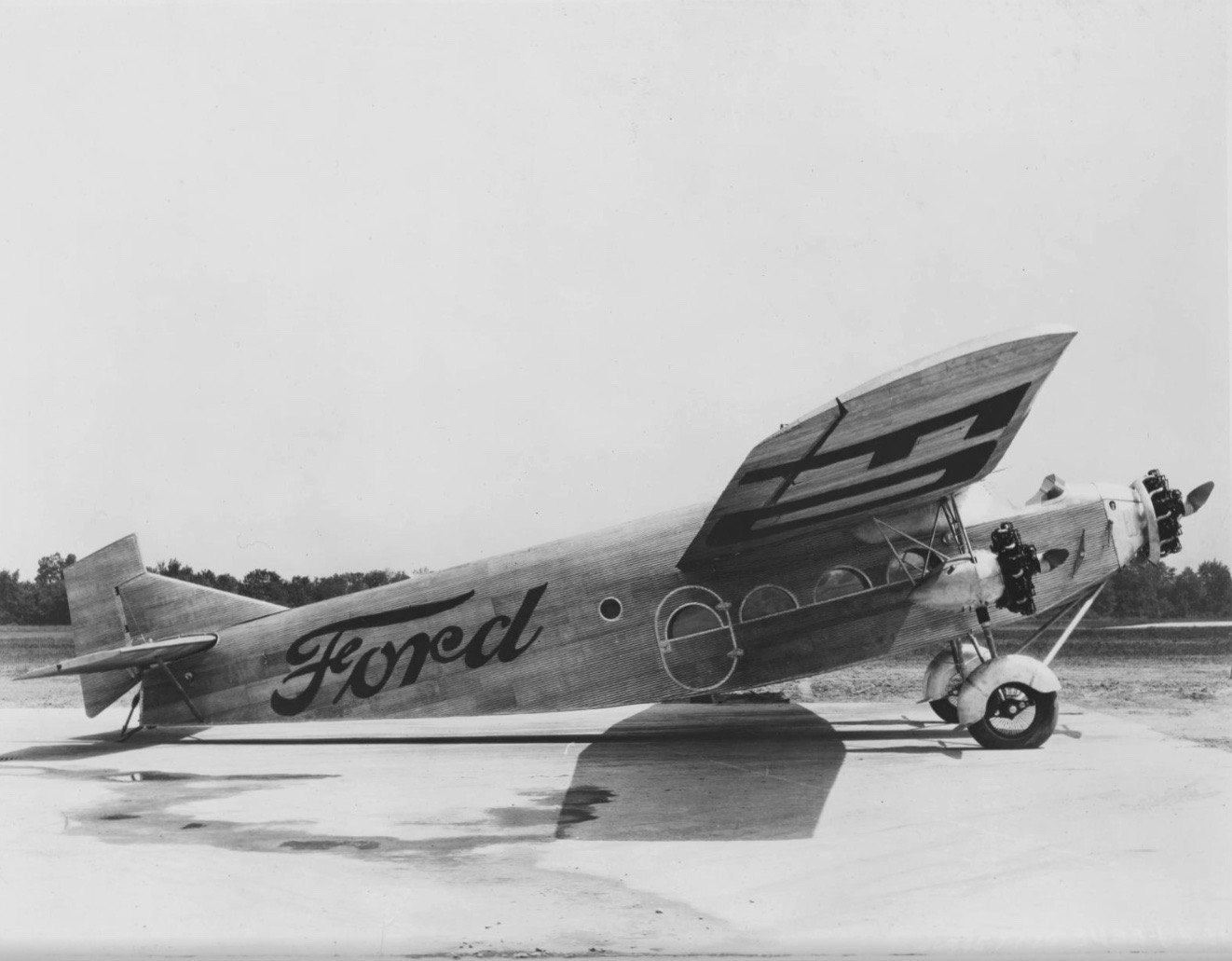
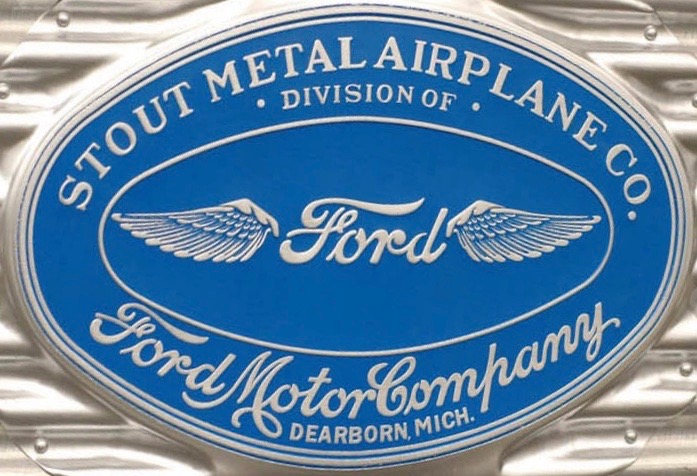
Designed and built by the Stout Metal Airplane Division of the Ford Motor Company as a commercial passenger transport, the Ford Tri-Motor was a high-wing monoplane with fixed landing gear, similar to the Fokker F.VII/3m. One engine was mounted at the nose, and two more were suspended under the wings. It had a crew of three and could carry up to eight passengers in a completely enclosed cabin.
A distinctive feature of the Tri-Motor’s construction was the corrugated metal skin which was used to provide strength and rigidity. Corrugated skin panels had been used on the Junkers F.13 in 1919. When Ford began marketing the Tri-Motor in Europe, Junkers sued for patent infringement and won. Ford counter-sued in a different court, and Junkers won again.)
Changes to production airplanes came quickly and no two of the early Tri-Motors were exactly alike.
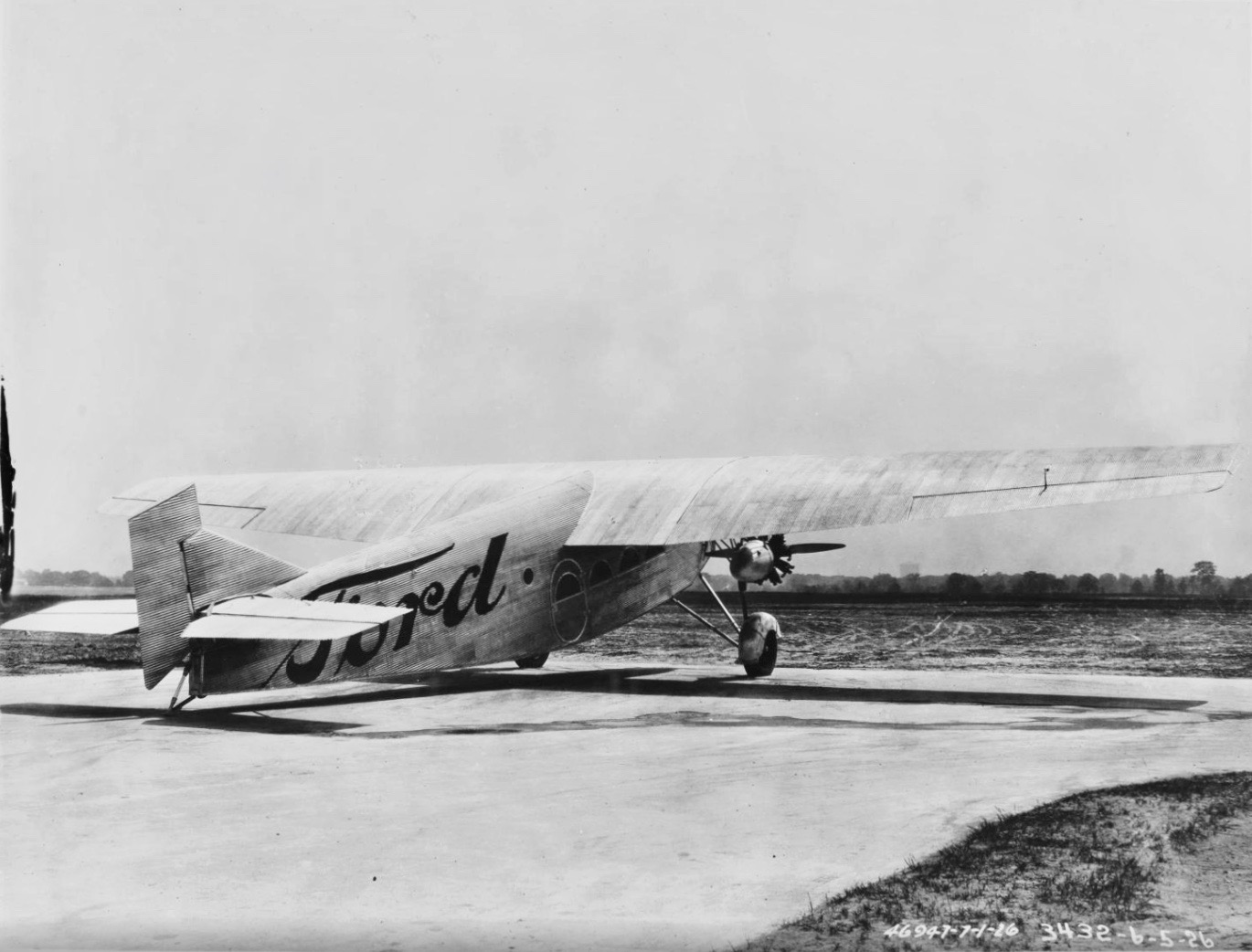
The Ford 4-AT-A was 49 feet, 10 inches (15.189 meters) long with a wingspan of 74 feet, 00 inches (22.555 meters) and height of 11 feet, 9 inches (3.581 meters). It had an empty weight of 5,937 pounds (2,693 kilograms) and gross weight of 9,300 pounds (4,218 kilograms).

The Tri-Motor 4-AT-A could cruise at 95 miles per hour (153 kilometers per hour) and a maximum speed of 114 miles per hour (184 kilometers per hour). Its service ceiling was 15,000 feet (4,572 meters) and it had a range of 500 miles (805 kilometers).
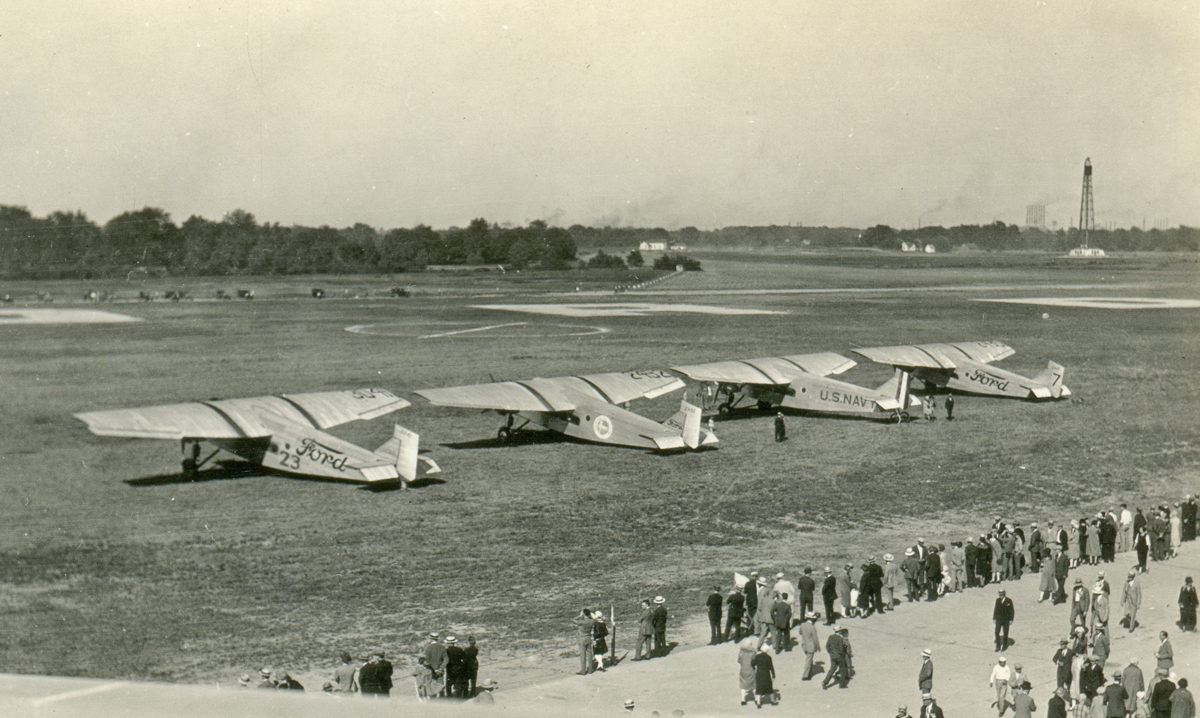
This airplane was very popular at the time and was the foundation for many commercial airlines. Several were also in military service. Between 1926 and 1933, Ford built 199 Tri-Motors. Though advances in aeronautics quickly made the Tri-Motor obsolete, its ruggedness and simplicity kept it in service around the world for decades.
The very first production Ford Tri-Motor was operated by Ford’s airline, Ford Air Transport Service. It was re-registered NC1492. At 8:45 a.m., 12 May 1928, 4-AT-1 stalled on takeoff at Dearborn. The airliner crashed and caught fire. Pilots William Alexander Munn, 32, and Earl Kenneth Parker, 31, were killed.
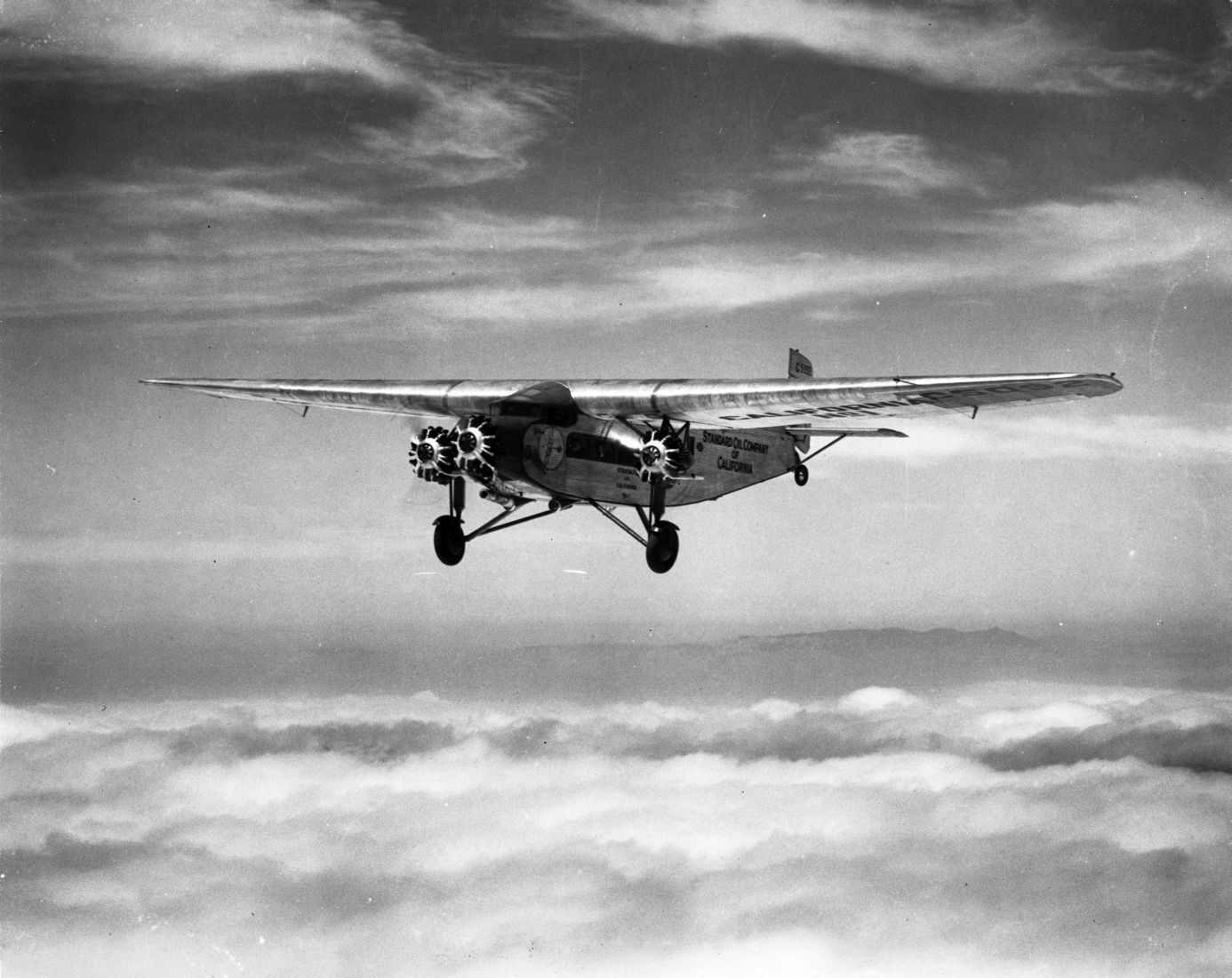
© 2018, Bryan R. Swopes
About 20 years ago I caught a round trip ride in a Tri Motor from Port Clinton, Ohio, to Little Bass Island out over Lake Erie as a tourist. There were 6 of us including myself, my wife, my in-laws and two children. We appeared to be flying very low over the water and the children were allowed to ride up front a little with the crew. Primary control was by mahogany flight wheels and some engine instruments were viewed outside on the engines. Passenger seats were wicker. The plane was operated by Island Air Lines and we were advised that off the tourist season it was used as a school bus to fly school children off the island to the mainland to attend school.
Got to ride in a Ford Tri-Motor in the early 90’s. Neat experience! Slow and dropped like a rock when he cut power to land. Needs three motors. In nice condition inside and out. Seats were fabric straps on metal frames. Yoke was round wood steering wheel, it I think it was a flip-over. Liked your pics and info. JimC
Sounds like fun! Thank you.
I think you folks were lucky to have a ride in this historic Ford
The spring 2020 edition of the Yankee Air Force’s “Approaches” magazine revealed that they have acquired tri-motor 4-AT-B, N9610 ( serial no. 42 ) to be used in their rides program. The history of this plane includes time in Sandusky, OH as well as Put-In-Bay, OH…so it may well be the one Bill Doran flew in 20 years ago.
The Ford Airport is now a test track for Ford vehicle, across the street from where I work. If I recall correctly, about 12 years ago there was a gathering of tri-motors, they used the one of the long stretches of test track pavement to land and take off from.
At Oshkosh 1971 I paid $10 for a ride in the co-pilot’s seat ($5 was regular price for a ride) the pilot let me fly her downwind. So I got to log time in her. Lol
What a shame that Ford didn’t continue with planes after such a good start.